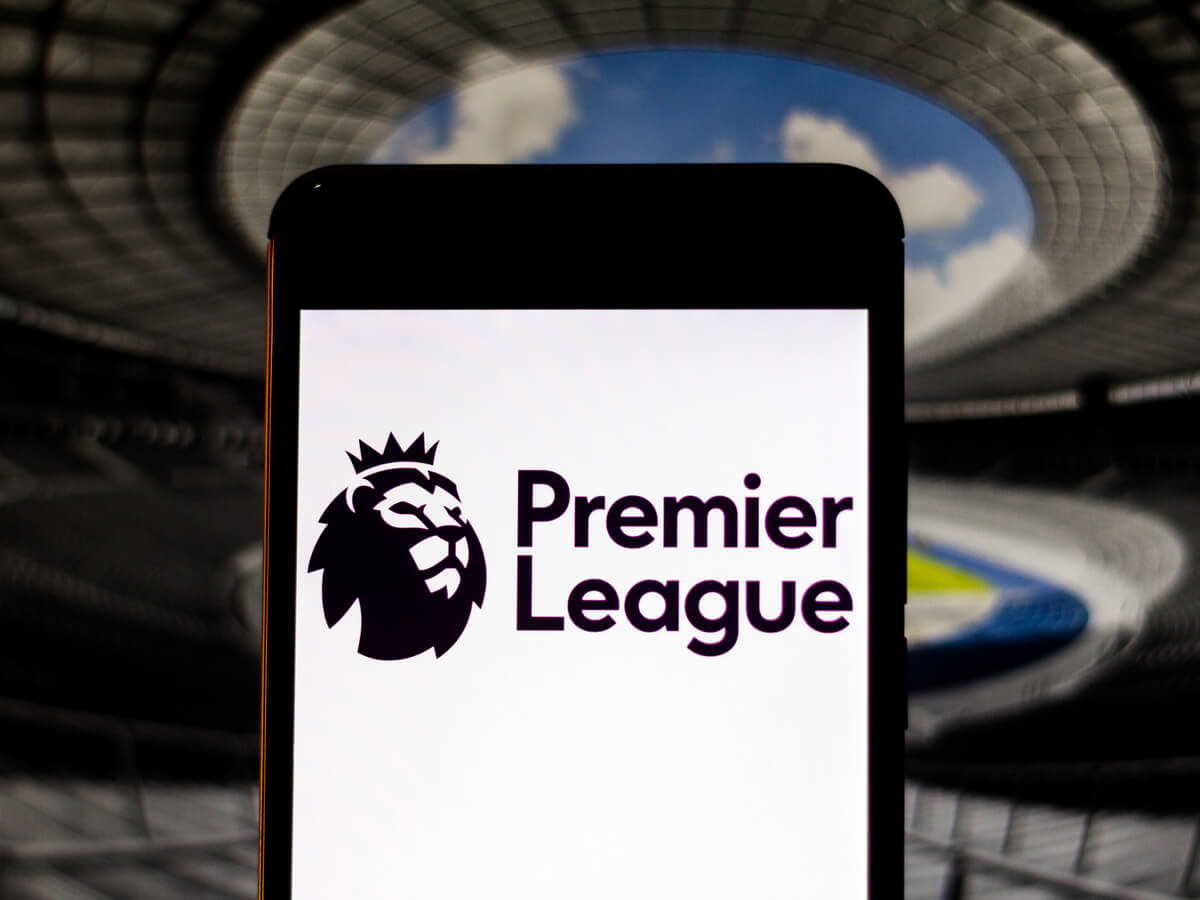The opening weekend of the Premier League delivered a record number of ads for Betting offers UK, according to research from UK universities, which counted over 90,000 gambling exposures across just a few matches. This is nearly three times more than the same period in 2023.
However, the landscape is changing, with stricter regulations on the way and the upcoming 2026/27 ban on shirt-front logos.
The dilemma for broadcasters
Broadcasters now face a choice - maintain current revenue streams with gambling ads while navigating stricter compliance rules, or pivot early and lose income.
Most are sticking with what works until the deadline forces change. The October study tracked TV broadcasts, social feeds, and stadium visuals during matchday, revealing an increase in gambling messages.
For example, one game between Wolves and Manchester City logged 5,262 gambling messages, averaging 22 per minute of coverage. This is up 32% from the same fixtures last season.
The challenges of compliance
Two major rule changes have come into fruition this year. From 1st May, operators must offer detailed marketing opt-in controls for users. From September 1, the ASA closed what they called a loophole in the CAP Code. Now, content marketing on social platforms aimed at UK audiences falls under identical standards as traditional ads, even when the operator registers offshore.
This translates to extra work for production teams, who now have to audit their own sets and keep mental checklists during live shows to avoid potential violations.
What production teams need to do
Production teams need to build a compliance checklist for betting mentions in video and text. They should reserve 20% of betting inventory for safer gambling spots in media plans and have backup alternatives ready if creatives get rejected.
It's also crucial to sync with clubs and leagues on new sponsorship codes and transition rules. Training production teams to spot non-compliant brands on sight is also essential.
How betting audiences are adapting
Viewer behaviour shifts as regulations tighten. UK betting market data shows interesting patterns emerging. Search volume for alternative betting platforms grew 47% year-over-year in Q2 2025, according to search analytics firms tracking UK gambling queries.
Some experienced bettors find the restrictions limiting and seek alternative platforms, which offer access to international betting markets, more flexible stake limits, and fewer mandatory timeouts or cooling-off periods.
The future of the relationship between football and betting
By 2026/27, shirt fronts will be clear of betting logos. However, the advertising ecosystem around football will remain dense with gambling brands.
Sleeve sponsorships alone are worth approximately £15 million collectively across the league. LED boards, broadcast sponsorships, and training kit deals aren’t going anywhere.
This means building compliance into every production stage, not just legal review at the end. The betting industry isn’t leaving football coverage, but the rules of engagement are changing.












